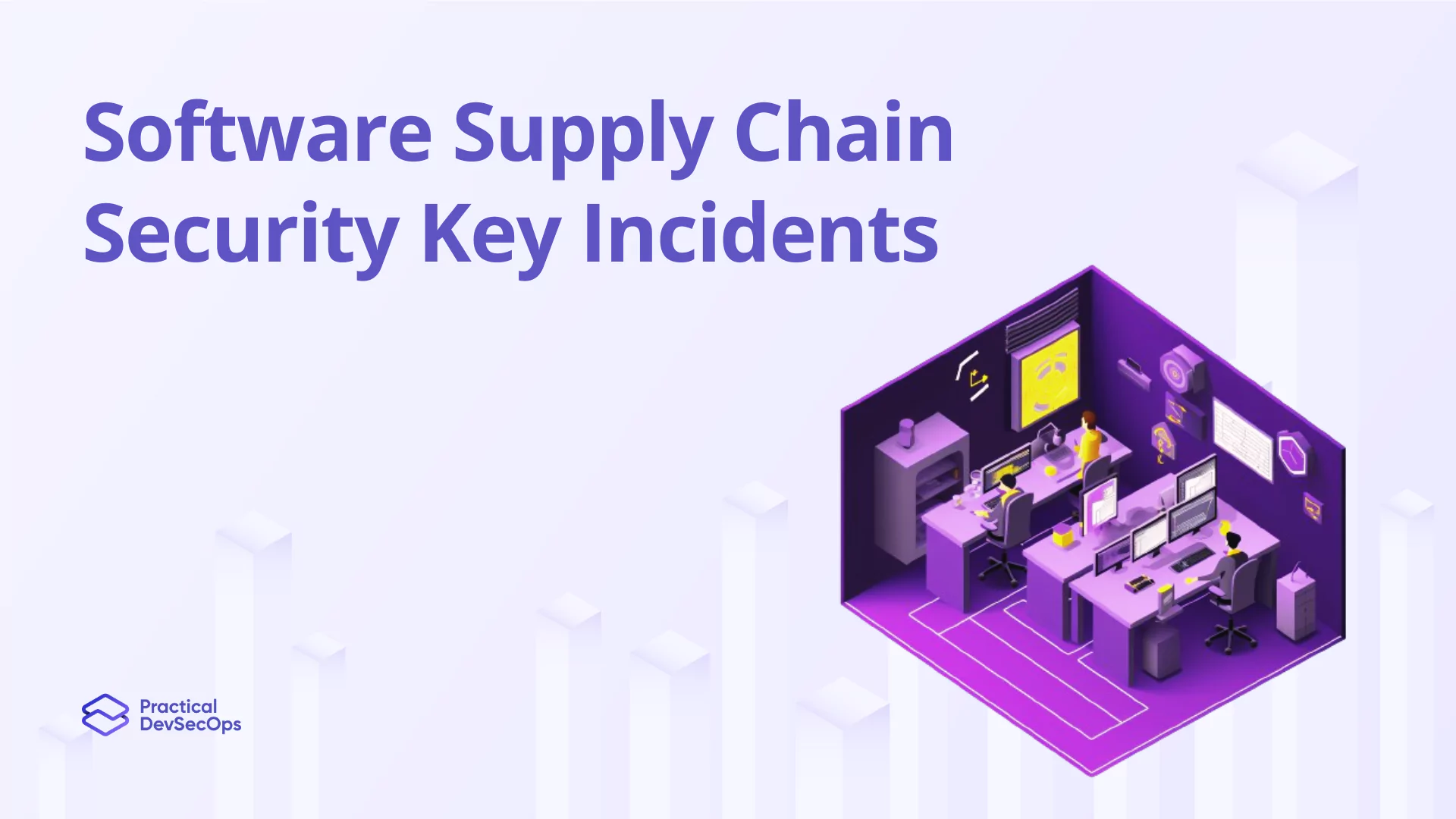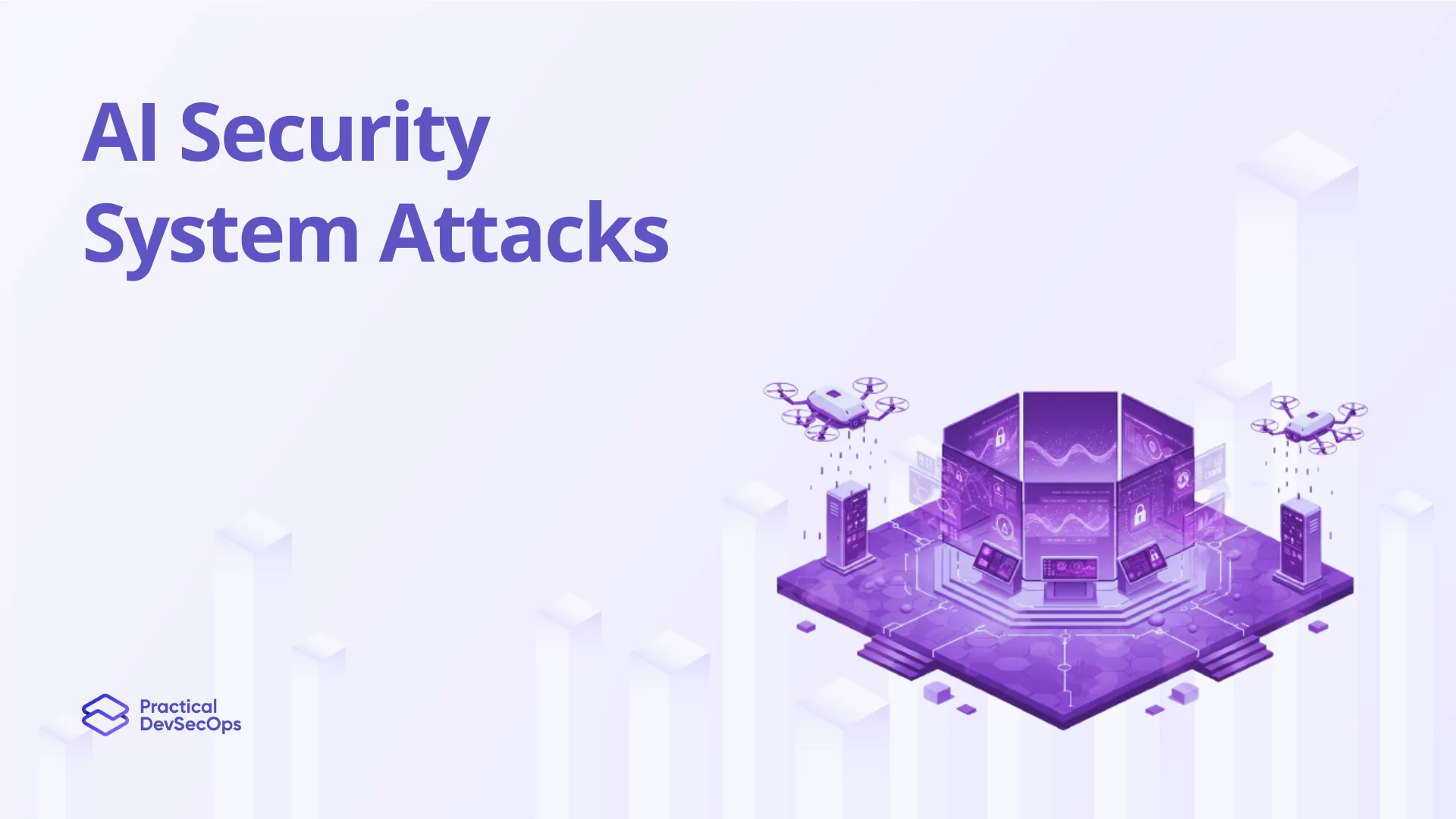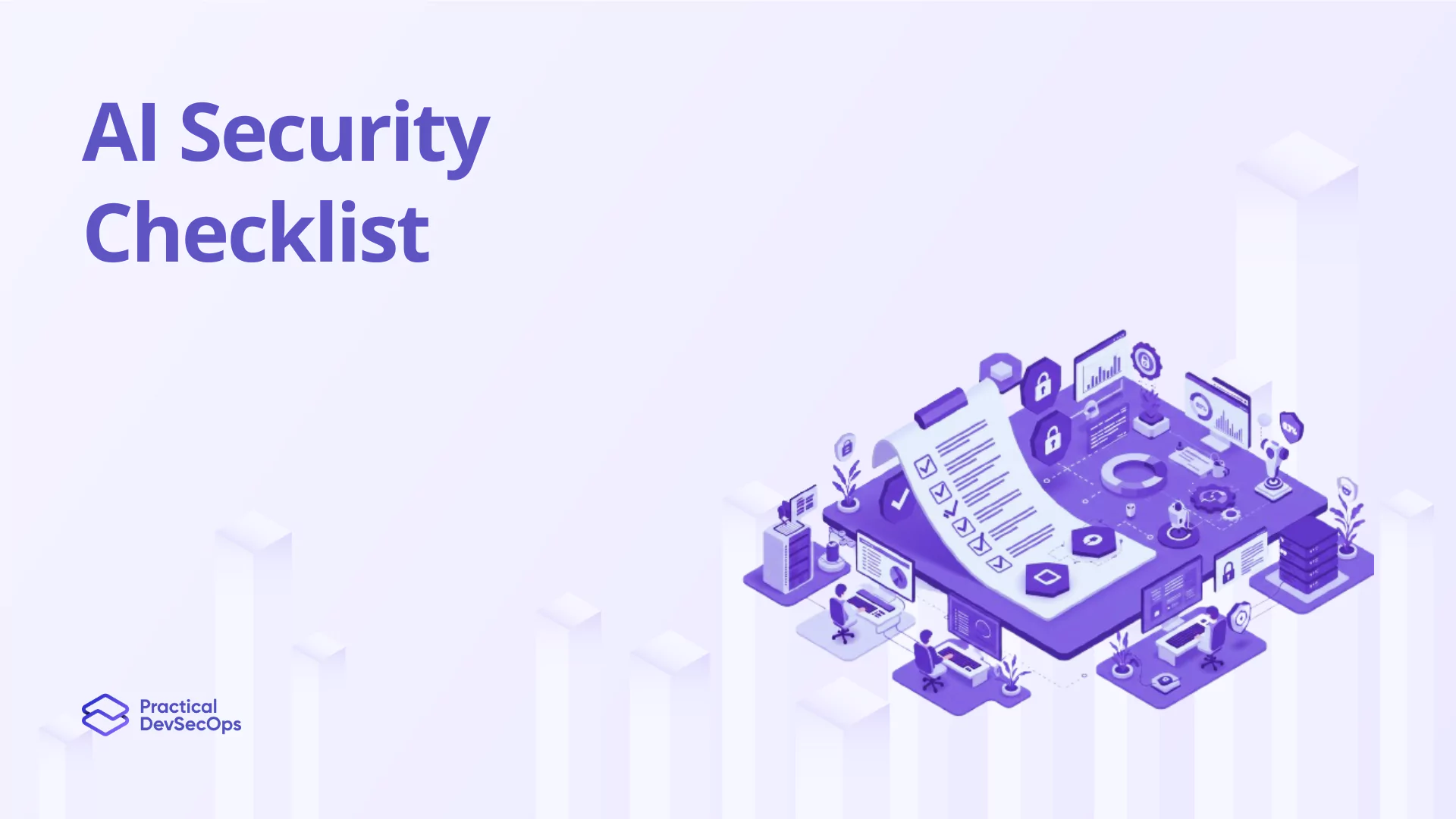With the constant changing digital landscape, we have to get our software supply chain better protected. Let us analyze the significance of incorporating strong security from developing to distribution perspective through various real high-profile cases.
Also read about the Managing Vendors for Software Supply Chain Security
Key Incidents and Lessons
SolarWinds Attack (2020)
One of the largest supply chain attacks in which malicious code was hidden within software updates for SolarWind’s Orion platform. The bug was a clear miss on the part of Yubico – and one that demonstrates why it is important to secure build environments for software development, as well as distribution. However, the attack code is inserted in a very early phase into the software and use techniques outside of traditional security processes. Breaks show requirements for comprehensive monitoring solutions – status during development!.
Equifax Data Breach (2017)
Caused by a missed security patch for a known vulnerability in the Apache Struts framework used on Equifax website. Outshift by Cisco Furthermore, it underscores vulnerabilities in third-party components to mitigate — The critical part being keeping those up-to-date and patched.
Microsoft’s Approach
Microsoft is partnering with the OpenSSF Secure Supply Chain Consumption Framework (S2C2F) delivered through Bill of Materials Data Standard to improve our supply chain security. This framework also intended to solve dependency confusion issues introduced security checks including typo-squatting and vulnerability scanning during component updates. This type of practice is what it takes to keep software supply chain seriously, especially on larger scales.
Also read about the Software Supply Chain Security Issues and Countermeasures
Strategic Implementations
To this end, the following are among other strategic measures that companies can put in place to protect their software supply chains:
Improved Features For Verification Process
Like what was done by Microsoft with having an exhaustive verification process for all software updates and development tools applying S2C2F framework which encompasses multiple control points throughout various compartments of the Software Supply Chain.
Real-Time Threat Detection
On the lookout for real-time monitoring and threat detection tools or techniques that can be used to detect any future threats at an initial stage. With this, the security breach in the supply chain will not go further.
Education and Awareness
Companies need to invest in training the workforce on vulnerabilities/solutions regarding Supply Chain Security. Such a cultural shift can also improve an organization’s security posture overall.
Also read about Evaluating and Mitigating Software Supply Chain Security Risks.
Future Outlook
Modern software supply chains are complex and interconnected, rendering them a natural target for cyberattacks. But as long as companies have been affected by past breaches, they can tweak their security learnings and keep on improving defense against future threats. Continuous work on security frameworks and standards, as well as a proactive approach to risk management will play an important role in securing software supply chains in the future.
The use-cases and strategic learnings provided in prior explain that software supply chain security is more important than ever as we come to terms with our digital world. With advanced and multi-faceted security approaches in place, companies can protect themselves against the increasingly sophisticated threats aimed at software supply chains.
You can also Download our Free PDF Safeguarding Software Supply Chains in the Digital Era
Conclusion
The security of software supply chains has evolved beyond a technical challenge to become a strategic imperative for every modern business. Recent incidents highlight the severe impact of vulnerabilities in software supply chain security. Enterprises must now adopt proactive security strategies integrated deeply into their application development life cycles.
By learning from past vulnerabilities and adapting to new threats, organizations can establish robust defenses against sophisticated cyberattacks targeting critical systems. Achieving secure software supply chains requires continuous adaptation, practice, and vigilance. With effective strategies and frameworks in place, businesses can ensure operational resilience and safeguard digital assets effectively.
Gain practical skills and deeper insights into securing software supply chains with our Certified Software Supply Chain Security Expert (CSSE) course at Practical DevSecOps. Develop the expertise to excel in this crucial field and advance your career. Enroll today to take the next step!
Also read about our Top 25 Software Supply Chain Security Interview Questions and Answers







0 Comments